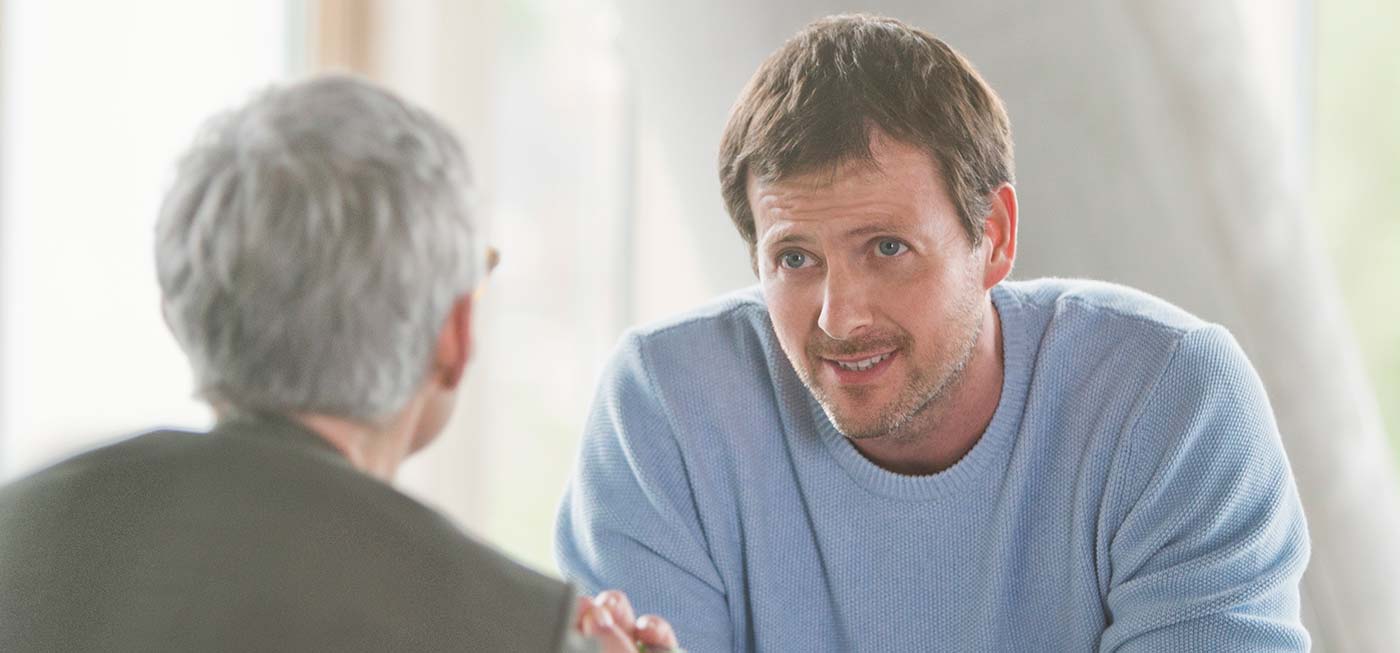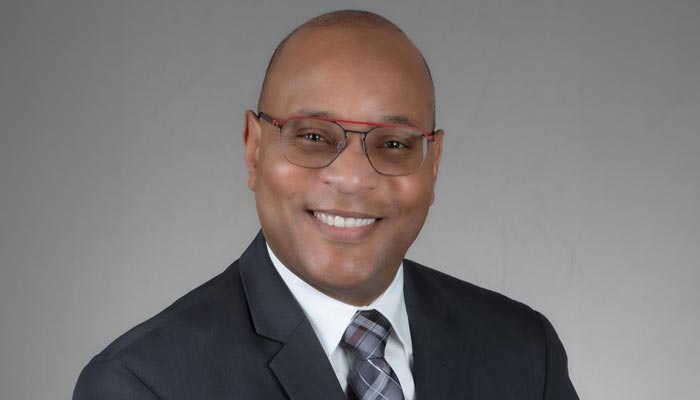Saving lives requires a comprehensive approach — one that involves both health systems and communities working together.
Did you know?
According to the CDC, suicide is rarely caused by a single factor but instead a range of factors including mental health conditions, relationships, substance use, physical health, and job, financial, and legal problems.
Suicide prevention is a core responsibility of any health system, and Universal Health Services (UHS) is committed to doing its part to improve mental healthcare in communities across the U.S. and to advance suicide prevention at both the national and local levels. This is critically important given that suicide rates in the U.S. are at multi-decade highs.
One way UHS has demonstrated its commitment to suicide prevention is through its longstanding partnership with the National Action Alliance for Suicide Prevention (Action Alliance). The Action Alliance is the nation’s only public-private partnership working to advance the National Strategy for Suicide Prevention. Debbie Osteen, Executive Vice President and President of the Behavioral Health Division at UHS, has served on the Action Alliance’s Executive Committee since 2014. The Executive Committee is a group of diverse senior leaders from the public and private sector — all committed to championing prevention as a national priority.
Learn more about the Action Alliance’s important work in this video produced in collaboration with UHS:
Communities and health systems working together
Suicide is the tenth leading cause of death in the U.S. According to newly released data from the Centers for Disease Control and Prevention (CDC), suicide is rarely caused by a single factor but instead a range of factors including mental health conditions, relationships, substance use, physical health, and job, financial, and legal problems. This means we need to look outside of clinical settings and broaden support systems often found in many community settings like schools, places of worship, neighborhoods and workplaces. As the largest facility-based behavioral health provider in the country, UHS recognizes that improving and saving lives requires a comprehensive approach to suicide prevention — one that involves both health systems and communities working together.
Ways we can all help
Public opinion polls reveal that while the general public recognizes suicide as a serious issue, many people are reluctant to reach out to someone who might be struggling for fear they might make the situation worse. Even the smallest of actions can help someone who is struggling or in crisis make recovery a reality. When someone is feeling helpless, hopeless, alone, and often in their darkest hour, it can be a daunting road to walk down without a hand to hold or an ear to listen.
Whether you’re a neighbor or a student, a family member or a friend, an employee or a supervisor, a parishioner or a faith leader, a teacher or a PTA member, you can be there for someone who may be struggling — just like you would be for someone with a physical illness, such as cancer or heart disease. Actively listening in a nonjudgmental way, offering a meal, calling to check in, and helping to develop a safety plan are concrete ways to help someone feel supported.
However big or small they may seem, these actions can help a fellow community member to feel less alone. Here are some other ways we can all help:
- Recognize the warning signs
- Learn the action steps for communicating with someone who might be suicidal
- Share the Lifeline number (800-273-TALK) – 24/7, free, and confidential support. Military veterans may press ‘1’ for specialized care.
- Promote resources and services that are available
Each and every one of us can strive to be a non-judgmental shoulder to lean on, a more sympathetic ear, a supportive hand to hold by being there for one another in some of life’s most challenging moments. Only by working together — involving everyone in our communities — can we truly address this preventable public health issue.
Professional help is available
If you or someone you know needs assistance, please contact one of our facilities nearest you.
Key points to keep in mind
Suicide impacts every community
- Suicide affects all demographics: different ages, races, ethnicities, sexual orientation, and occupations.
- Suicide is often preventable when people at risk receive the care and support they need.
- Suicide is closely connected with other broad issues of concern such as the opioid crisis and other substance use disorders, loss of purpose, relationship issues, financial issues, and mental health.
Communities play a key role in suicide prevention
- Community settings, such as behavioral health centers, schools, private treatment facilities, primary care offices, churches and employers have a wide range of access to members of the community. These community-based services are in an ideal position to help people who may be struggling and connect them to services.
- Preventing suicide is a collective and community responsibility, and anyone can take actions that can promote healing and give hope to someone who might be struggling.
- Reducing suicide in the U.S. requires a comprehensive approach involving both health systems — like UHS’ network of facilities — and communities.
Help and hope is available
- UHS is a leader in behavioral healthcare: UHS’ more than 200 facilities across the U.S. treated more than 600,000 patients in 2017.
- UHS is committed to providing high quality treatment programs and services to patients with special, and sometimes complex, mental health needs.
- The overwhelming majority of individuals who struggle with suicidal ideation go on to recover.
- Recovery is possible and UHS is committed to helping those who are struggling get the care and treatment they need.









